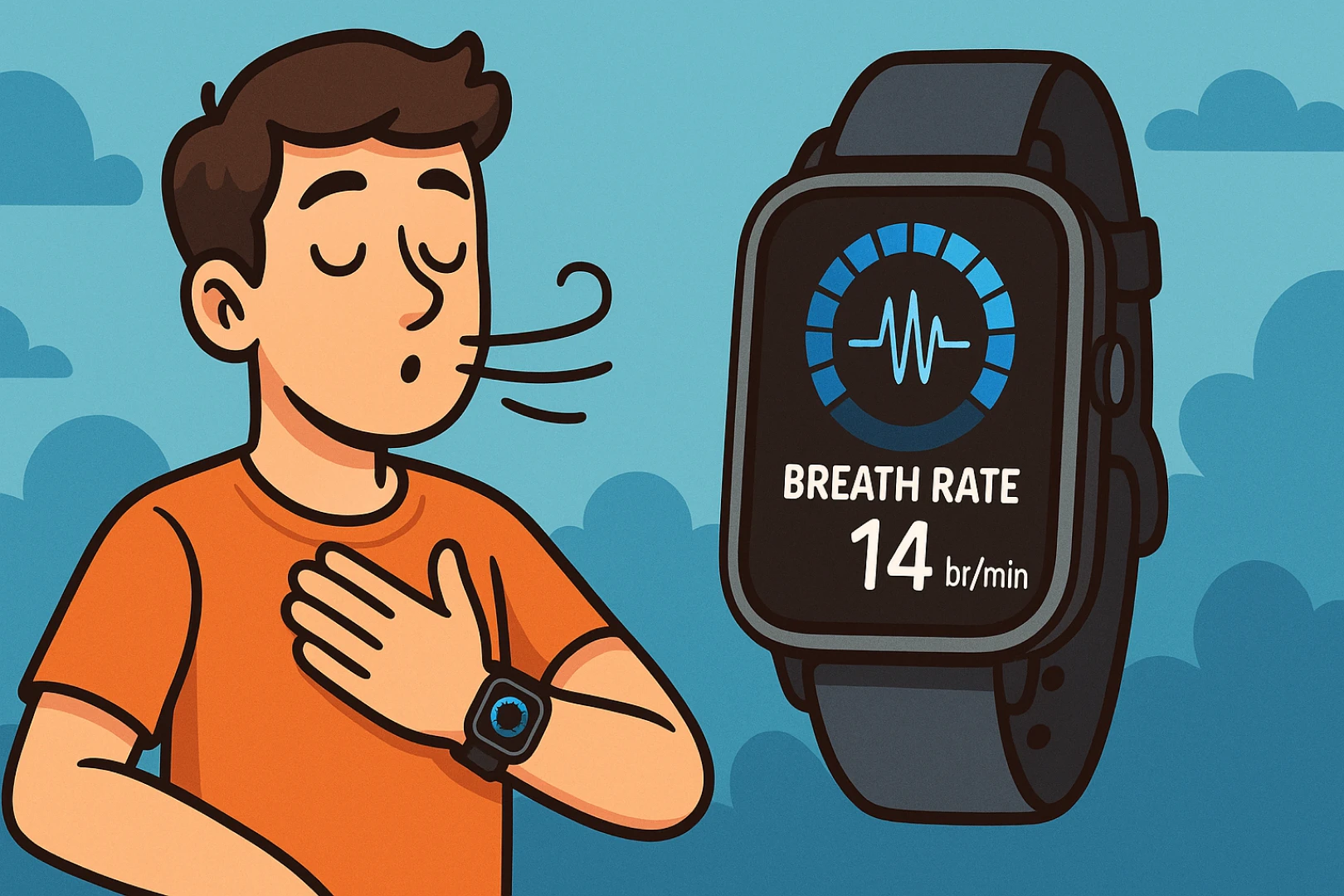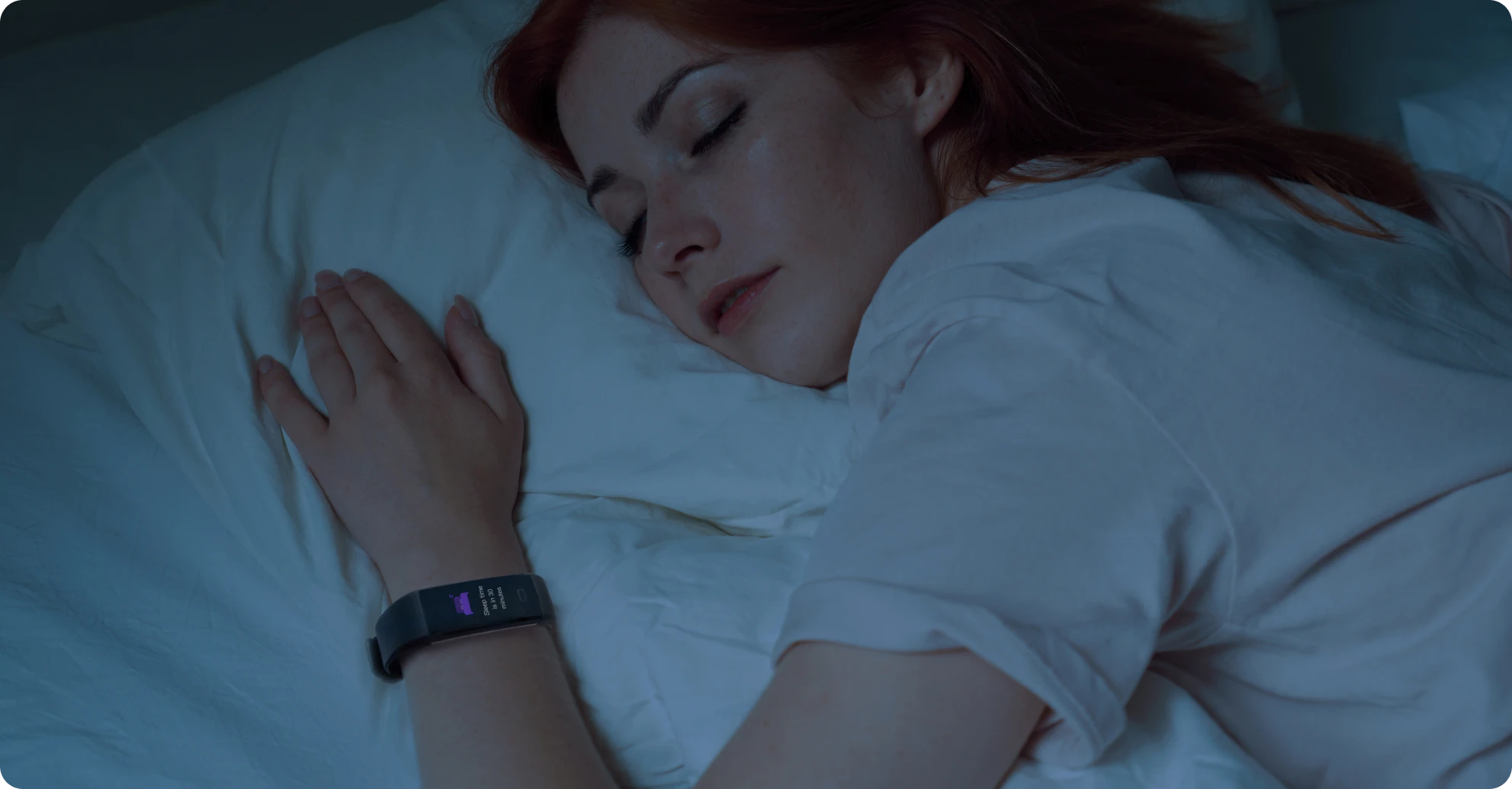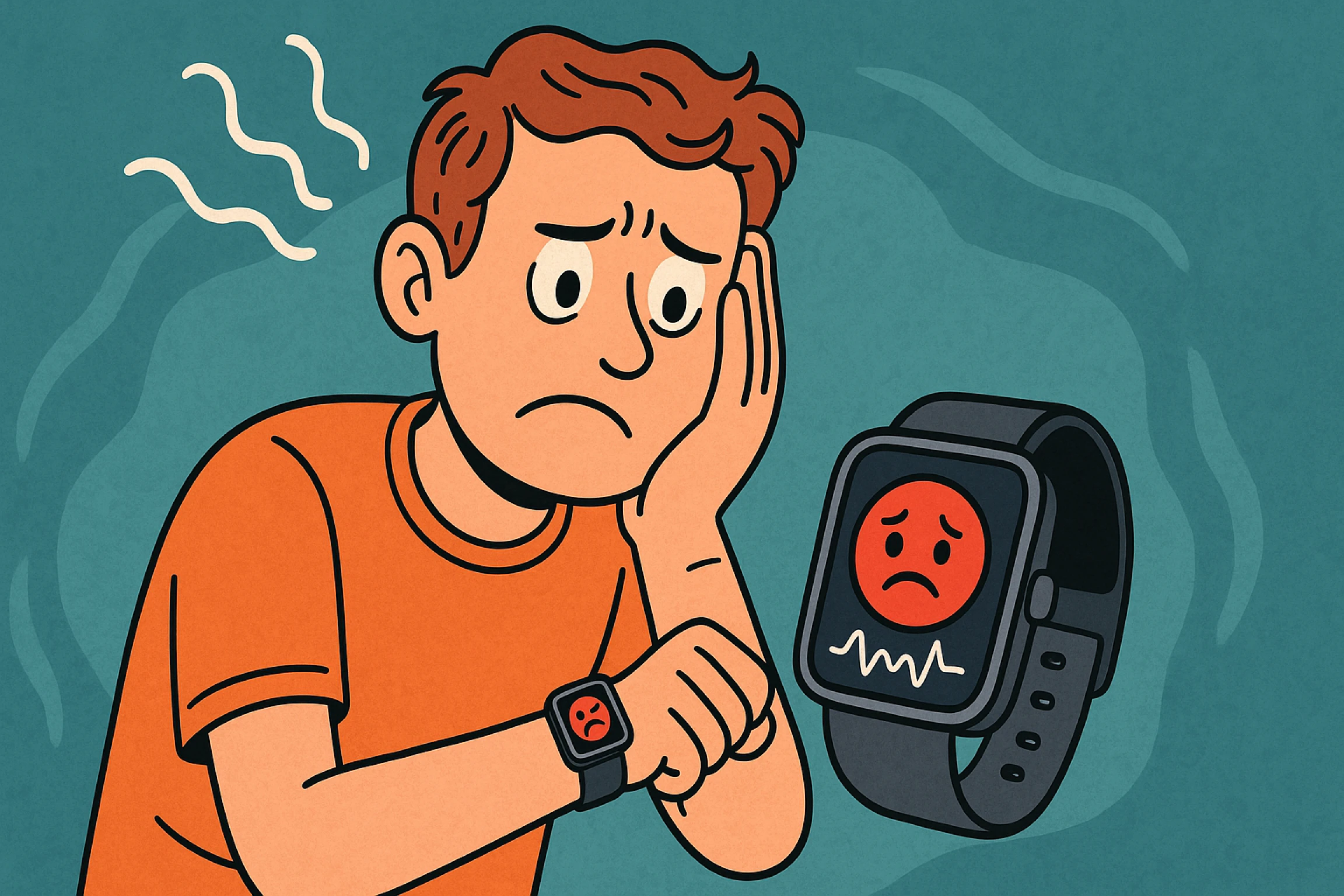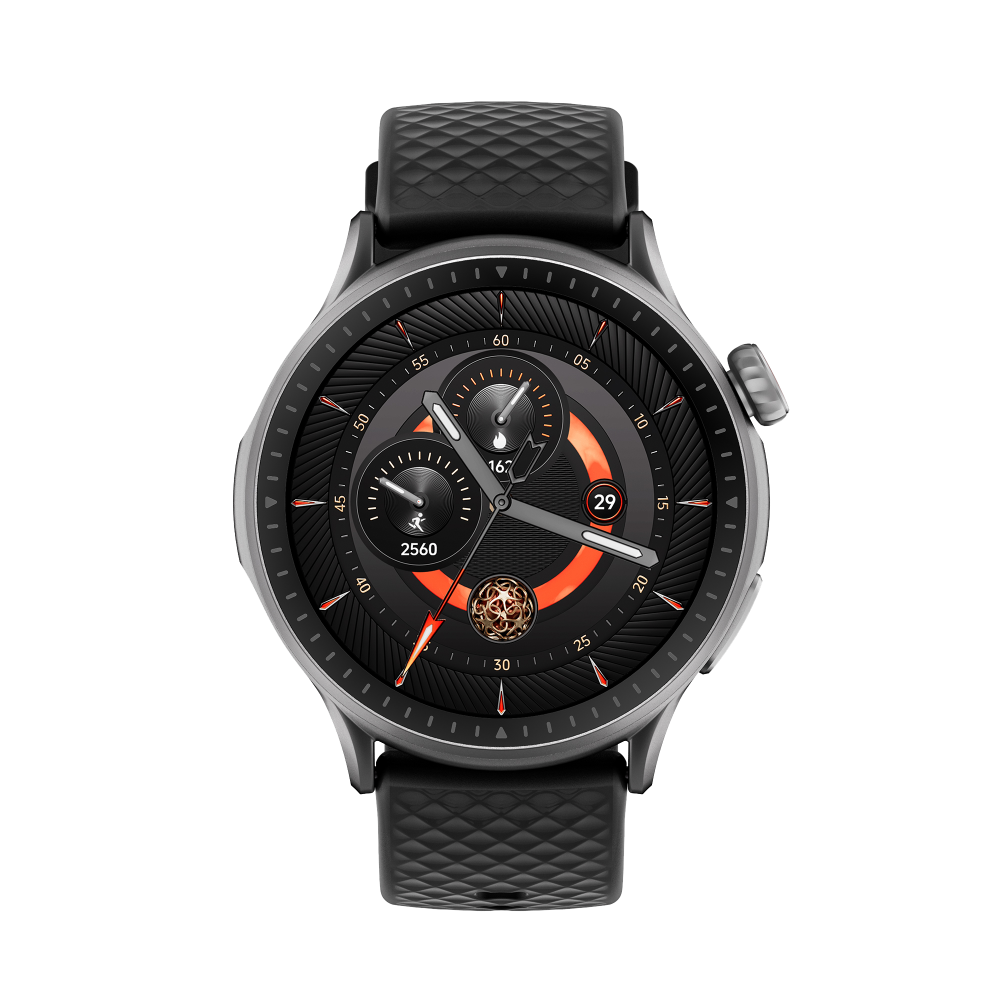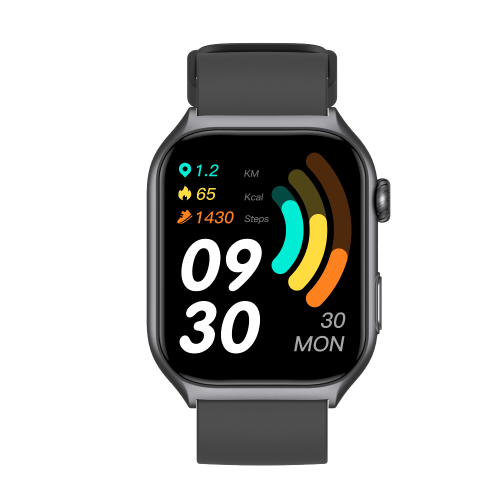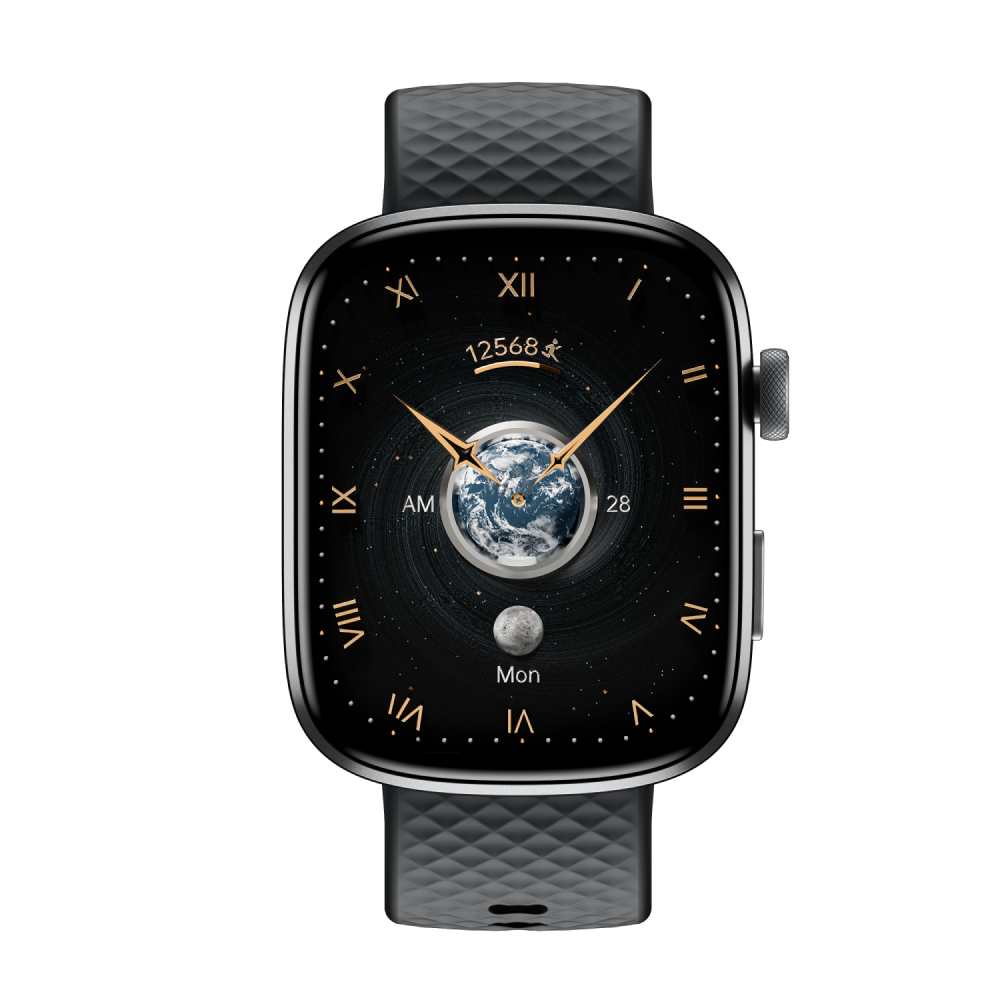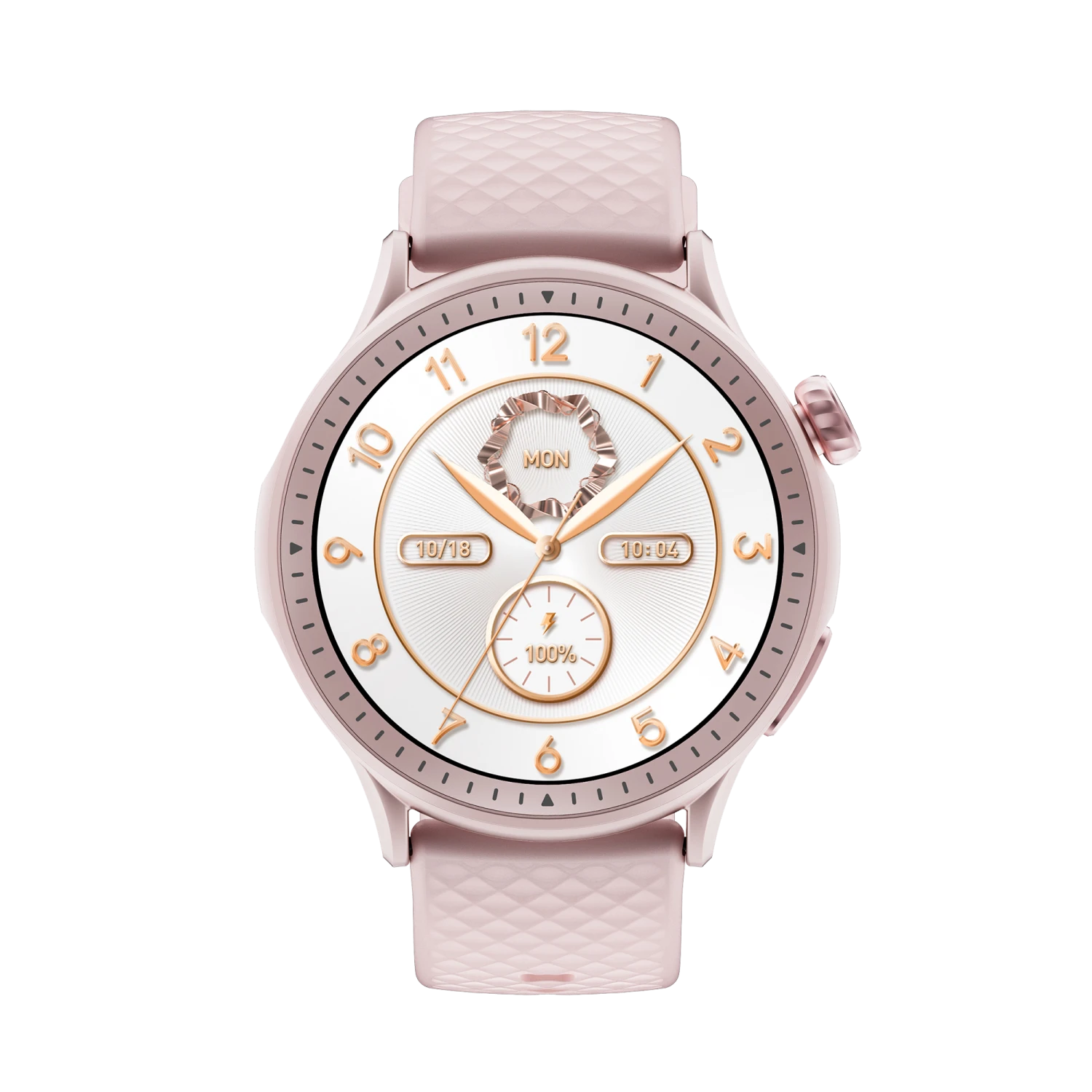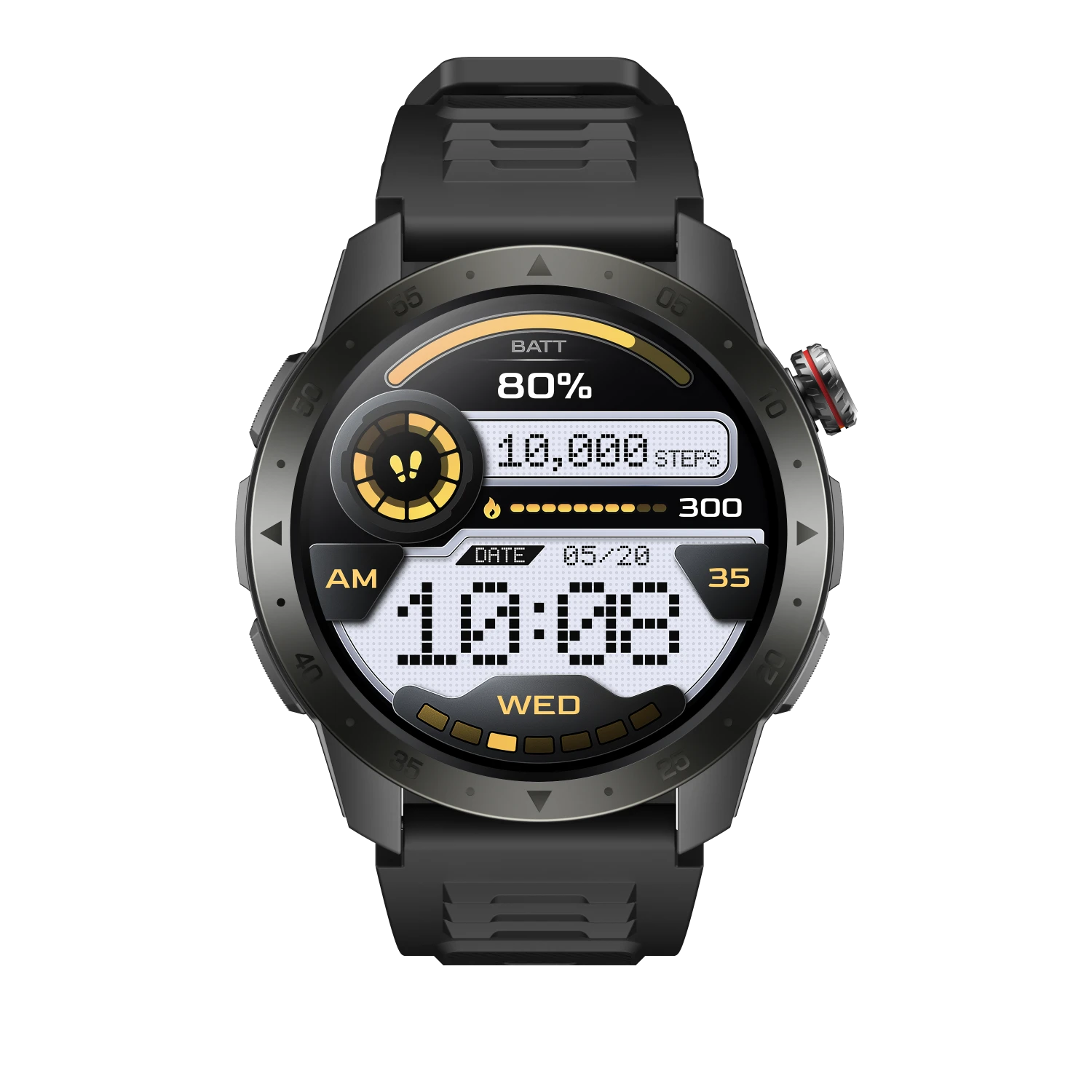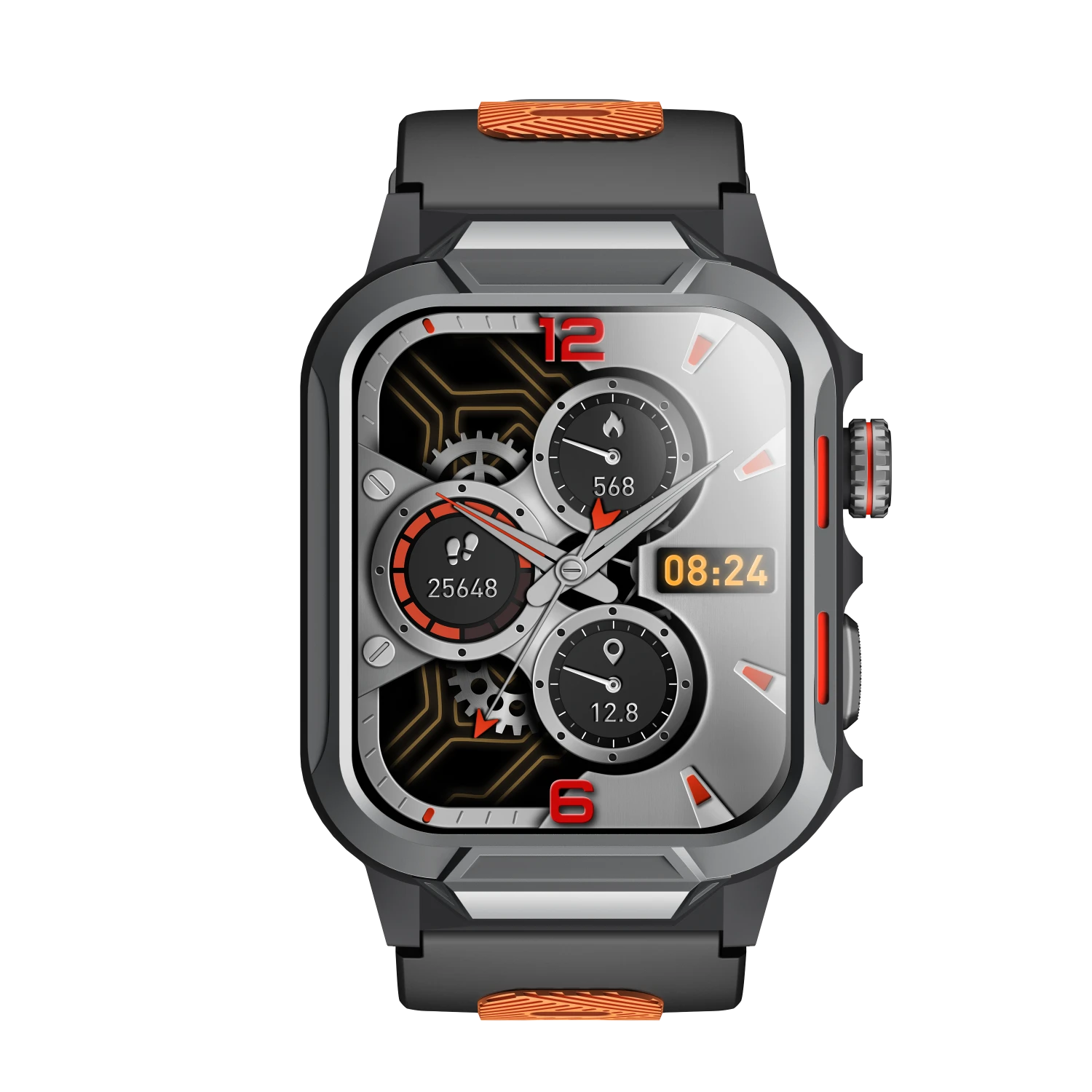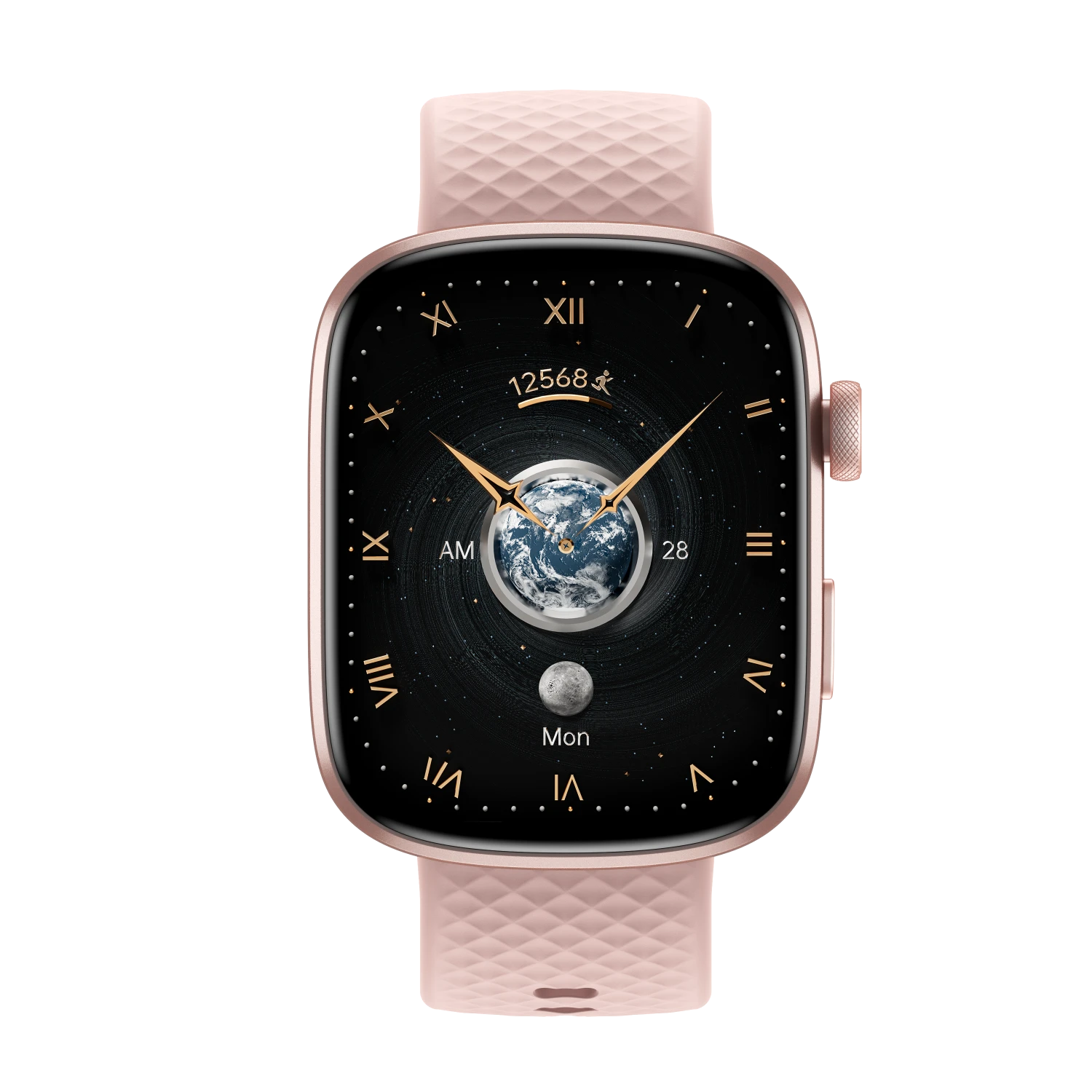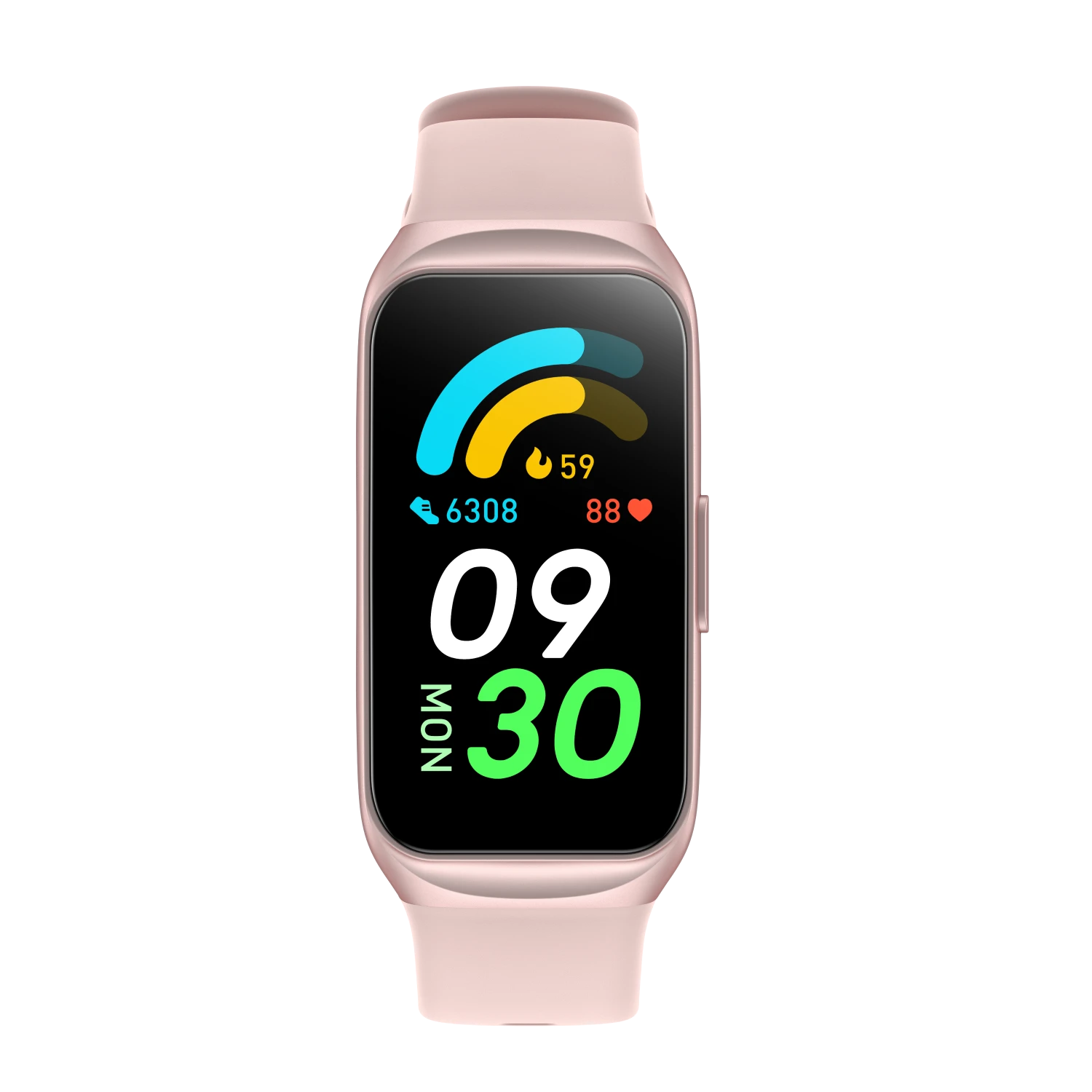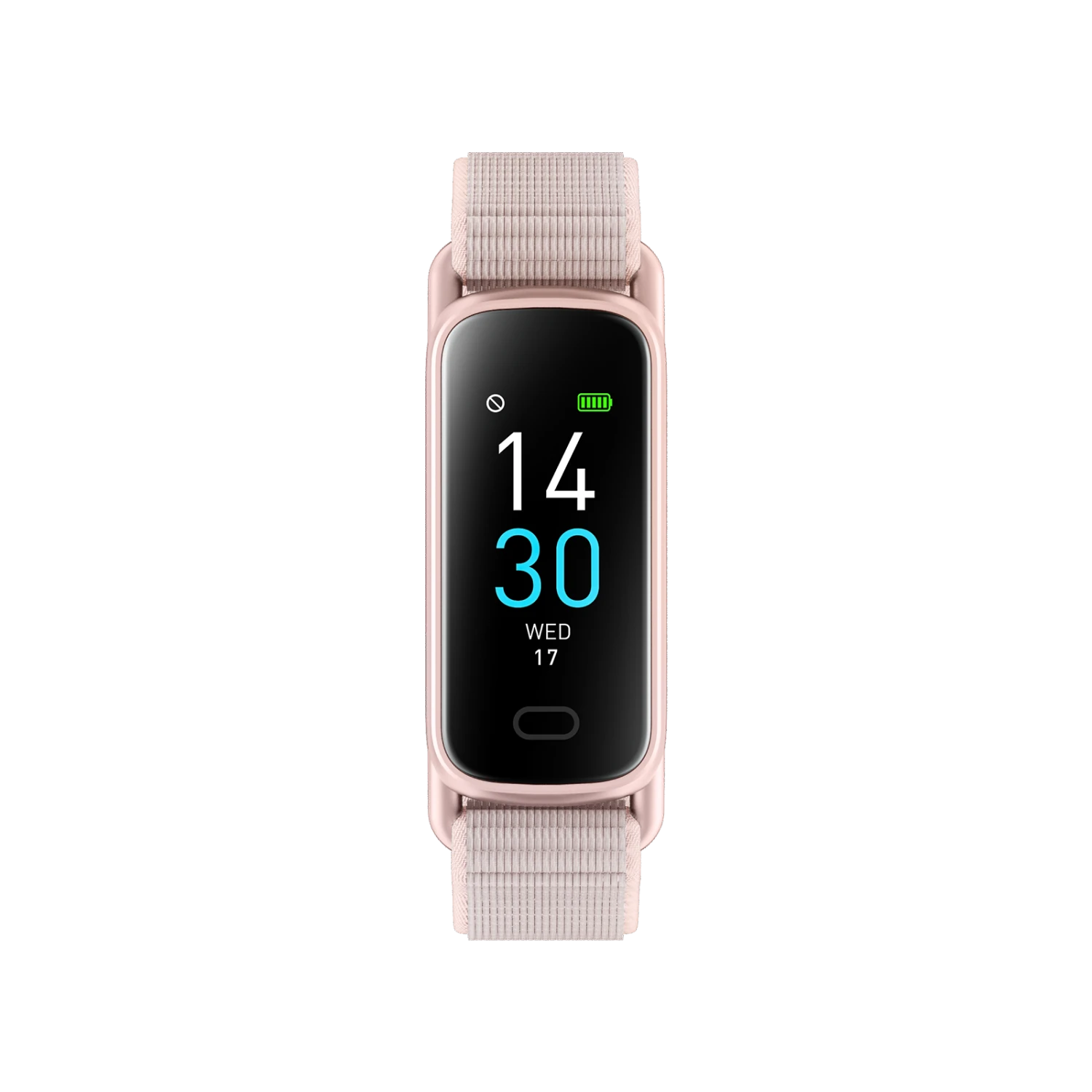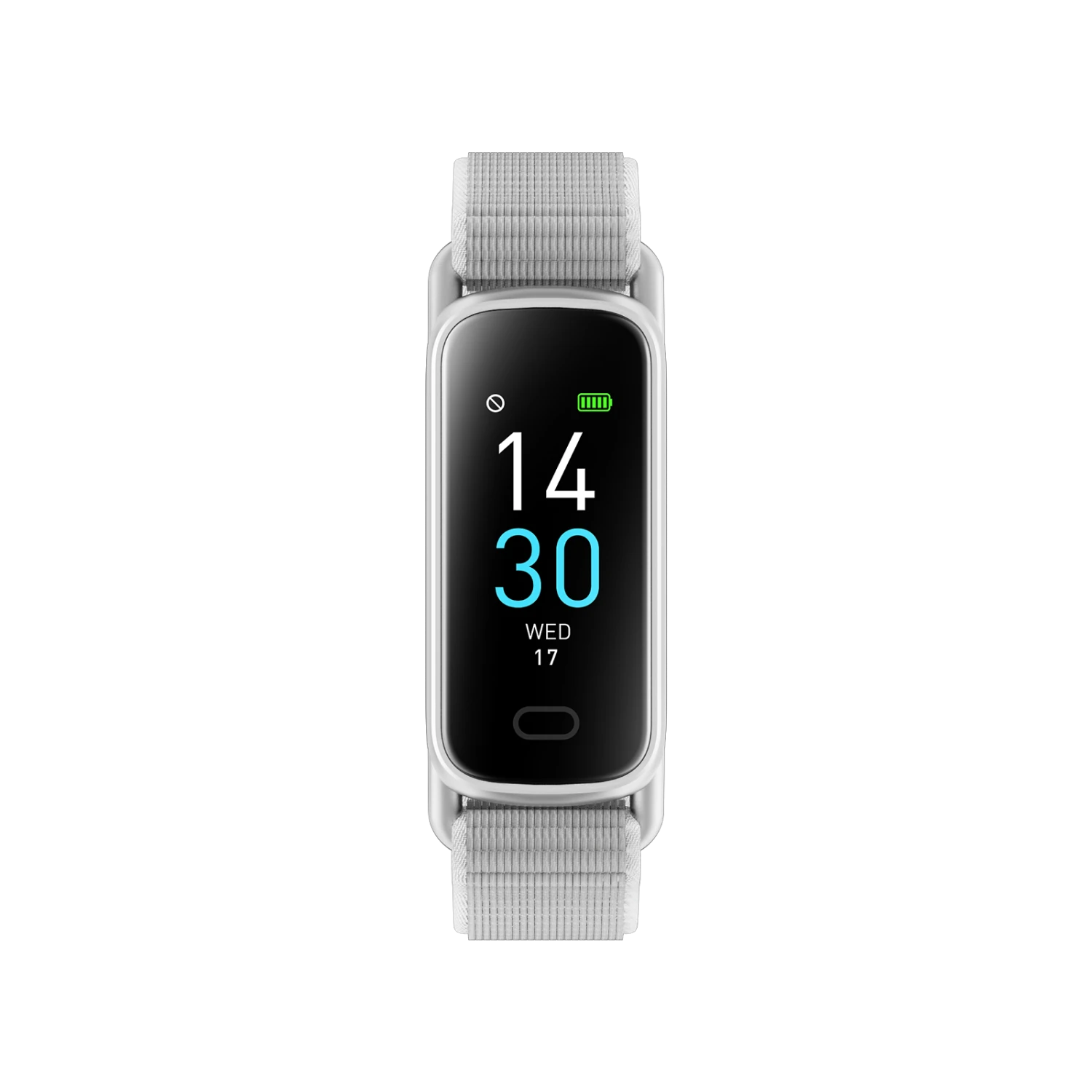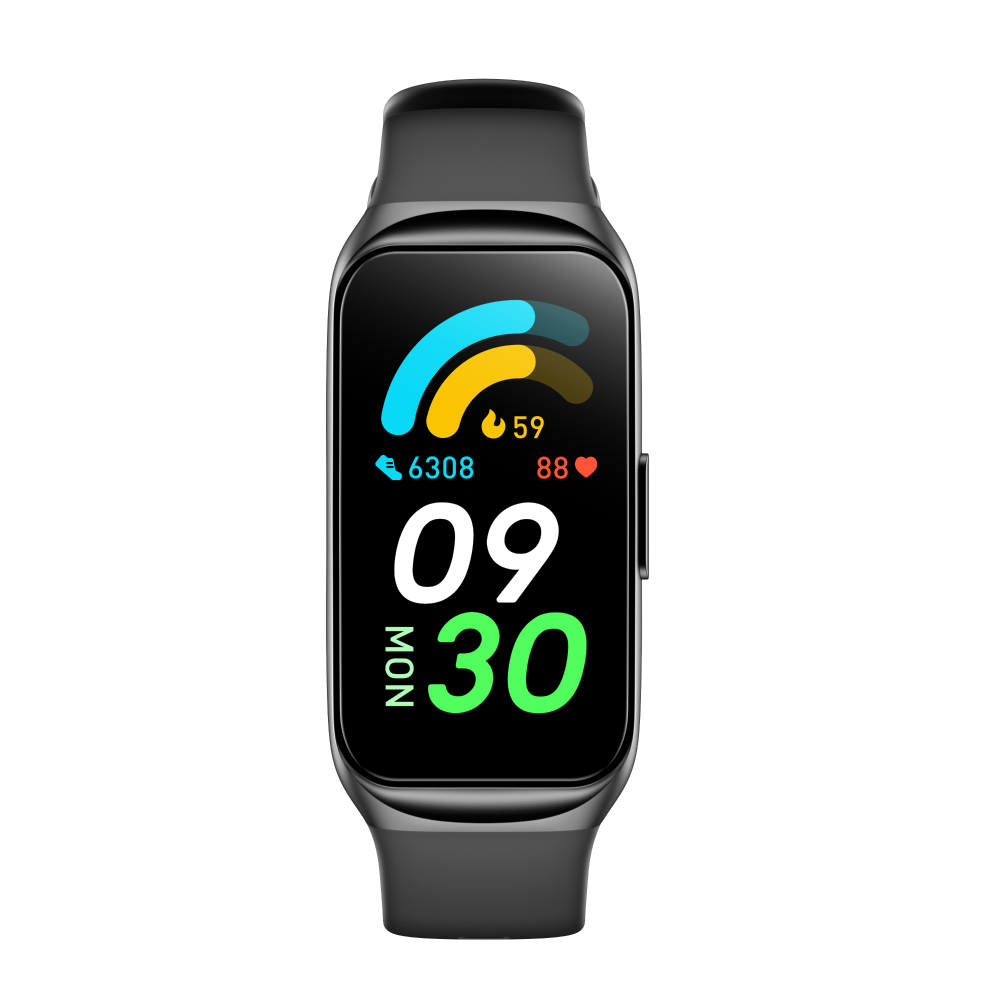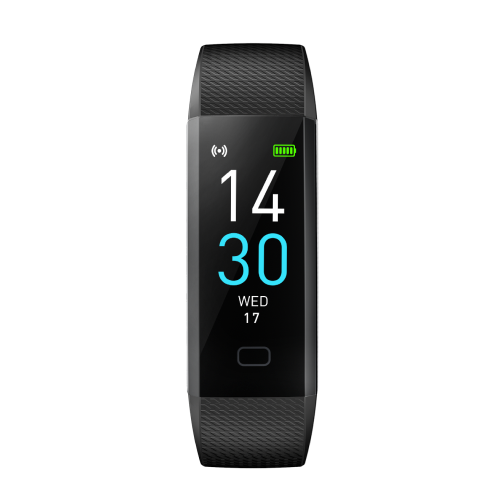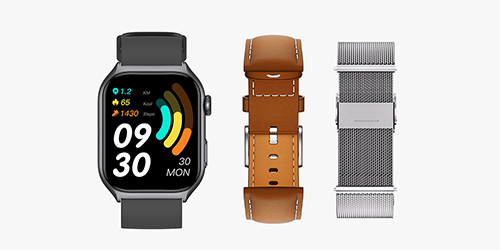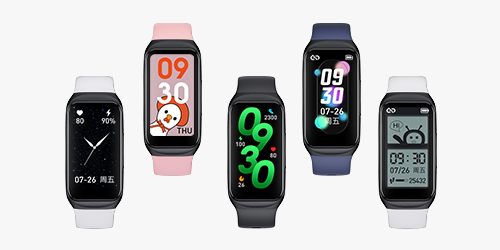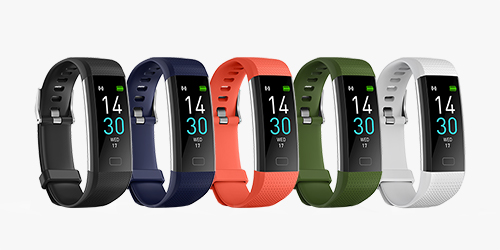When you think about smartwatches, data like steps, calories, heart rate, bloog oxygen level, and sleep might come to mind. But there’s one important metric that doesn’t get much attention: breath rate, also called respiratory rate or reapiratory frequency.
This is a lesser-known metric, but it can tell a lot about how your body is doing. So, what is it, and why should you care? This blog help you understand what breath rate is, how smartwatches measure it, why it’s important, and what normal rates look like.
What Breath Rate Is
Breath rate, or respiratory rate (simply RR), is a vital sign along with heart rate, blood pressure, and body temperature. It refers to the number of breaths you take per minute. While it might not be something you think about every day, this number is a key indicator of your respiratory health and overall well-being. For example, changes in your average respiratory rate for adults can signal stress, illness, or even issues with your heart or lungs.
With the advent of smartwatches, monitoring this metric has become more accessible. Smartwatches with this feature measure how many times you breathe in a minute, providing real-time data about your respiratory health.
What Is Breath Rate in Smartwatches?
On smartwatches, it’s usually tracked during sleep or rest periods. It might show up under names like breathing frequency or respiratory reading.
Modern smartwatches, like GTS8 AMOLED Smart Watch from Runmefit, have sensors that can track your breath rate throughout the day and night. They use technologies like photoplethysmography (PPG) to detect changes in blood volume, which correlate with your breathing patterns. This allows for continuous monitoring without the need for bulky equipment.
How to Measure Your Breath Rate
Understanding your breath rate doesn’t require fancy tech—you can start with a simple manual check. It’s a great baseline to know before diving into how smartwatches do it automatically:
- Sit or lie down and relax.
- Set a timer for 1 minute.
- Count how many times your chest rises (one rise equals one breath).
- The total number of breaths is your breath rate.
If you’re short on time, you can count for 30 seconds and then multiply by two. Just make sure to do this when you’re calm—like before bed or while resting—not right after any physical activity.
It’s a simple method, but it gives you a solid idea of your breathing frequency, especially if you want to track it regularly without any tech.
How Smartwatches Track Breath Rate
You don’t need to do anything special to track your breath rate with a smartwatch. Most smartwatches do this on their own. They use light sensors to check small changes in your blood flow. These sensors are often called PPG or photoplethysmography.
Some watches also look at your heart rate changes and how much you move. This helps them see your breathing pattern. It sounds complex, but for you, you just need to wear your watch while you rest or sleep, and it takes care of the rest.
If you’re using a Runmefit GTR3 AMOLED smartwatch, breath rate tracking is built right in. It capture your breathing data with precision, even during workouts or sleep. Once the data is collected, it’s displayed in the Runmefit App. You can see how your breath rate changes throughout the day, after workouts, or while you’re resting.
Why Breath Rate Monitoring Matters
Here’s the big question: why should you care? Your breath rate changes depending on your activity, stress level, and overall health. If it suddenly spikes while you’re resting, that could be a sign of illness, dehydration, orevenanxiety. If it’s unusually low, that might hint at issues like sleep apnea or the effects of medication.
Benefits of Breath Rate Tracking in Smartwatches
Keeping an eye on your breath rate isn’t just for athletes or people with medical conditions. It’s helpful for anyone. Here’s why:
- Detect Early Signs of Illness: A sudden rise in your RR rate could be an early warning sign. It might mean your body is fighting an infection or dealing with a fever.
- Understand Your Stress Levels: When you’re stressed, your breathing changes. A fast or uneven breath rate can help you notice when you’re feeling tense.
- See How You Recover: After exercise or being sick, your body needs time to heal. Your breath rate can show if you’re recovering well or still need rest.
- Measure Workout Impact: Checking your breath rate after exercise can help you know if you’re training too hard or just right.
- Track Sleep Response: While you sleep, a slow and steady breath rate can show that you’re getting good rest.
Smartwatches like those from Runmefit make this easy. They automatically log your breath rate and show trends over time, so you don’t have to guess.
Easy Breathing Exercises with Your Smartwatch
Many smartwatches, like Runmefit watches, have built-in breathing exercise or meditation tools. These tools help you slow down and relax. They guide you to breathe in and out with simple steps. Some watches use gentle vibrations or visual timers to keep you on track.
You can use these features anytime. They are great when you feel stressed, before bed, or during a break. Most sessions last just a few minutes. They help calm your mind and improve your focus.
Using these tools often can help lower your breath rate. They also help you feel more in control of your body and mood.
What Is a Normal Breath Rate?
For healthy adults at rest, the average respiratory rate ranges from 12 to 20 breaths per minute at rest and can be around 40-50 times per minute during intense physical activity. Factors like age, fitness level, overall health and even the time of day can influence this rate.
What matters most is under standing your personal “normal.” If your average breath rate starts creeping outside your normal range, it’s worth paying attention.
How to Read Breath Rate on Runmefit Watches
Runmefit watches display your breath rate numerically directly on the screen and in the Runmefit App. You can view real-time data and historical trends, making it easy to track changes over time. The user-friendly interface helps you understand your readings without needing a medical background.
If you see a consistent number outside the average respiratory rate for adults, it might be worth checking in with a doctor.
What Causes High Breath Rate?
When your breath rate goes up, it usually means your body needs more oxygen. This often happens when your body is trying to make more energy through aerobic activity. There are a few common reasons for this:
- You might feel hot or uncomfortable, which can make you breathe more.
- You might feel nervous or tense. This can change how you breathe.
- You might have just finished a tough workout. After that, your body needs more oxygen.
- You might be moving around a lot or doing something active, which can increase your breathing.
* If your RR rate stays high for several nights and you haven’t been exercising, it could be your body’s way of saying something’s off.
What Causes Low Breath Rate?
People who are fit often have a lower breath rate. They also return to a low breath rate faster after they exercise. A low breath rate can also happen if:
- You might be in a deep sleep, which slows your breathing.
- You might feel very calm or peaceful.
- You might have good physical fitness, which can lower your breath rate naturally.
* If it drops too low and you feel tired or dizzy, it could be a sign of a problem.
Final Thoughts
With a Runmefit smartwatch, you can easily keep an eye on your respiratory health. The data is there when you need it, understanding your respiratory frequency has never been simpler. So next time you glance at your health stats, don’t skip over that “RR” number—it could be more important than you think.
Whether you’re a fitness enthusiast, a stress manager, or just want to sleep better, monitoring your breathing rate can be a simple habit to help you feel your best.
Breathe in. Breathe out. Check your watch. You might be surprised at what you learn.

